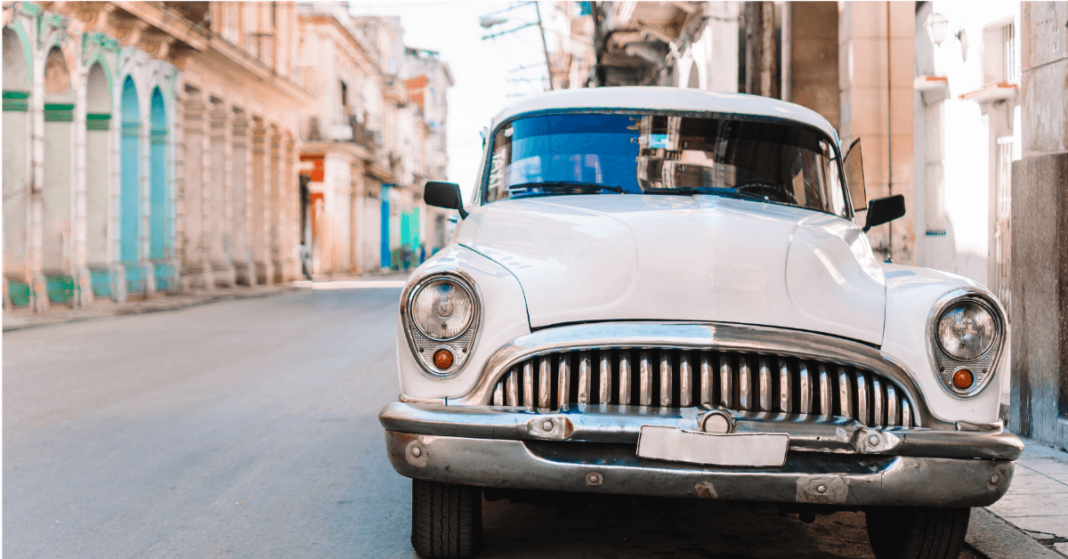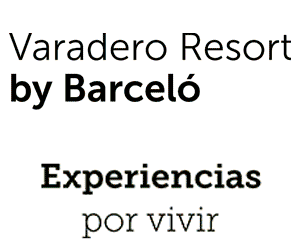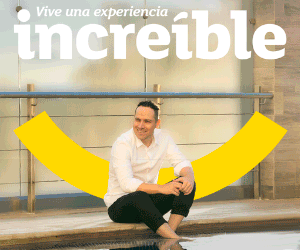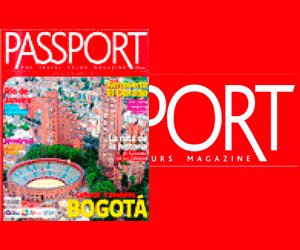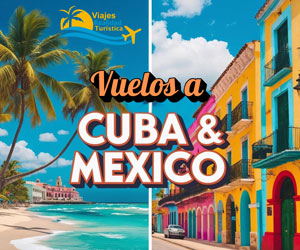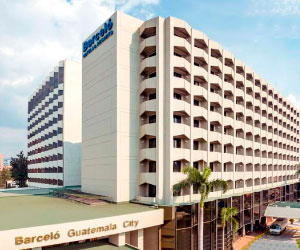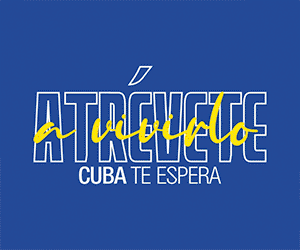It’s a common misconception that US passport holders cannot travel to Cuba. Here’s how to make your first visit happen.
Even in 2024, the question “can Americans travel to Cuba?” is still frequently asked among US travelers. Few destinations create such simultaneous longing and confusion as this crocodile-shaped island only 95 miles south of Key West. It has held a mythic status since the early 20th century for its vibrant mix of Latin and Caribbean cultures, its hundreds of miles of pristine beaches, its African-influenced music, and its vintage charm; today, Chevrolets and Buicks from the ’50s rattle down Spanish colonial streets in Old Havana that have hardly changed since Ernest Hemingway was knocking back mojitos there.
Yet Cuba has long been a metaphorical forbidden fruit due to political rifts. A web of travel restrictions imposed in the 1960s made it difficult for Americans to make the journey, an idea that still lingers today. And while the limits on tourism were largely lifted in 2016, many still find the prospect daunting.
For some insider knowledge, I spoke to Johnny Considine, founder of the travel agency Cuba Private Travel, a Condé Nast Traveler Top Travel Specialist, and a long-term resident of Havana. We discussed the steps American travelers need to take when visiting Cuba, as well as the best times to go, what to see, and more.
Can Americans travel to Cuba in 2024?
Yes, travelers with US passports can travel to Cuba. Considine says that it’s perfectly legal for US individuals to visit Cuba for one of twelve specific purposes defined by the United States Treasury Department, and to travel on one of the many daily commercial flights to Havana, which mostly depart from Miami. All you need to do is tick one motive from an online list that pops up when you purchase your air ticket, of which “support of the Cuban people” is the most appropriate catch-all. (Others like “family visits” and “religious activities” technically have limited application.)
The other important US government condition is that US travelers must spend their dollars supporting private businesses in Cuba, not companies that are government-owned or operated. This has become increasingly easy, Considine says, as the private sector has expanded through the travel industry in recent years, with casas particulares (family-run homes), Airbnbs, and paladares (private restaurants) proliferating. These are the types of enterprises that savvy travelers are more likely to enjoy anyway; they offer better food, more intimate and stylish experiences, and direct encounters with everyday Cubans. You can book directly, of course, but a travel specialist can help identify appropriate businesses—Considine’s company can tailor a trip that is “one-hundred-percent private.”
Why has it been historically difficult for Americans to visit Cuba?
Hungry for foreign exchange, the Cuban government has always welcomed foreign tourists whether they are from the United States, Germany, Australia, or Argentina. The roadblock for Americans has been the US government, which effectively banned US tourists from legally visiting under the trade embargo put in place after the 1961 Bay of Pigs invasion and the Cuban Missile Crisis of 1962. (If you’d like to learn more, my book Cuba Libre! recounts the parting of ways between the US and Cuba after Fidel Castro’s 1959 revolution, and the ways relations soured as Cuba drifted into the Soviet sphere during the Cold War.)
These restrictions—first imposed in 1963 as part of the bluntly-named Trading with the Enemy Act—were loosened 53 years later by the Obama-Biden administration, allowing direct flights and travel from the US in 2016. To the disappointment of many Cubans, President Trump’s inflammatory rhetoric during his administration made many Americans believe that it had again become illegal to travel to the island, causing a drastic drop in US tourist numbers. However, Considine stresses that Trump only paused group and cruise ship travel, leaving intact the key allowances for individual trips that were put in place during the Obama years.
What kind of visas do Americans need to travel to Cuba?
The only document you need is a valid US passport. Cuban entry permits—in other words, a visa—can be purchased at the airport before boarding the flight for $85 ($50 plus $35 service fee; you can pay with cash, a debit card, or a credit card). They can also be obtained online through private services, although often with hefty extra charges. Airline staff will also ask you to use your phone and scan the barcode for a passenger locator form, necessary to go through Cuban customs.
When is the best time to visit the most popular destinations in Cuba?
The traditional high season in Cuba has always been winter, December to February, when days are cool and clear, rather like southern Florida. But sun-lovers should consider November and the period from March to May, when it is warm enough for swimming. If you’re traveling to Cuba any time between June and October, be warned: The summer heat is oppressive, and hurricanes can hit.
If I am visiting Cuba for the first time, what destinations should I visit and why?
“My holy trinity is: Havana, Trinidad, and Viñales,” Considine says. Havana is a must-see for its vibrant energy, beautiful harbor, Spanish colonial city center, and Art Deco relics. There’s also Trinidad is a perfectly-preserved colonial town at the foot of the rugged Escambray Mountains where, Considine says, “farmers live very simply, raising livestock and cooking with carbon—a way of life that may be gone in five years.” It is also by the south coast, which has diving spots worth checking out.
Meanwhile, Viñales is a nature trip. This small town is surrounded by spectacular rounded limestone formations known as mogotes in the heart of Cuba’s verdant tobacco country. “You can do anything there: horse-riding, e-biking, yoga, hiking, and climbing,” Considine says. It’s located only a two-hour drive from the capital’s airport; US travelers can rent a car with dollars, but in practice I suggest booking a transfer to Viñales—and a place to overnight, if you’d like—through a travel specialist like Considine for a smooth trip.
What else should Americans know before visiting Cuba?
“There has never been a better time to go to Cuba than right now,” Considine says. New laws passed in 2021 permit Cuban entrepreneurs to directly import foreign goods from Italian pasta to French soap, Chilean wine to Mexican designer furniture, which has transformed the country. Grocery stores have opened in peoples’ garages, do-it-yourself restaurants offer fine cuisine, and many small family-run casas and Airbnbs have expanded into boutique hotels, many of which are quite sumptuous. For travelers, this has also expanded opportunities to meet Cubans and learn about their lives; all over the island, people are warm, open. and eager to chat.
It’s also important to note that US credit and debit cards are still not valid in Cuba. Bring cash—more than you think you will need, so you don’t run out. These days, US dollars are accepted in most places in Cuba.
Tony Perrottet
The writer of this article, Tony Perrottet, is a travel journalist and the author of six books, among them Cuba Libre!: Che, Fidel, and the Improbable Revolution That Changed World History. He has visited Cuba about twenty times. (https://www.cntraveler.com/story/can-americans-travel-to-cuba)






















